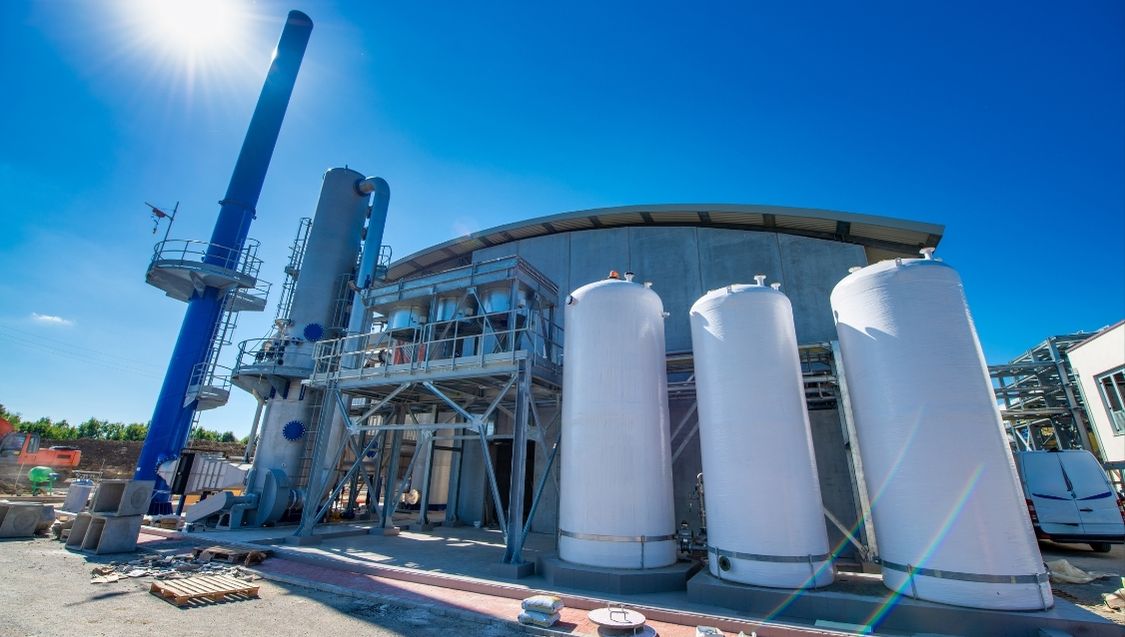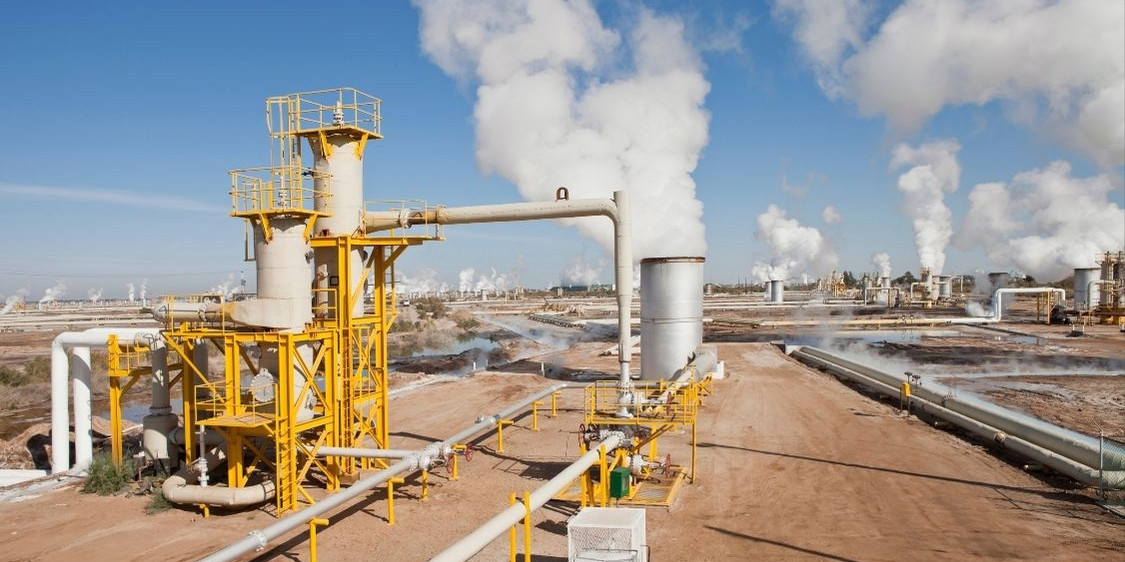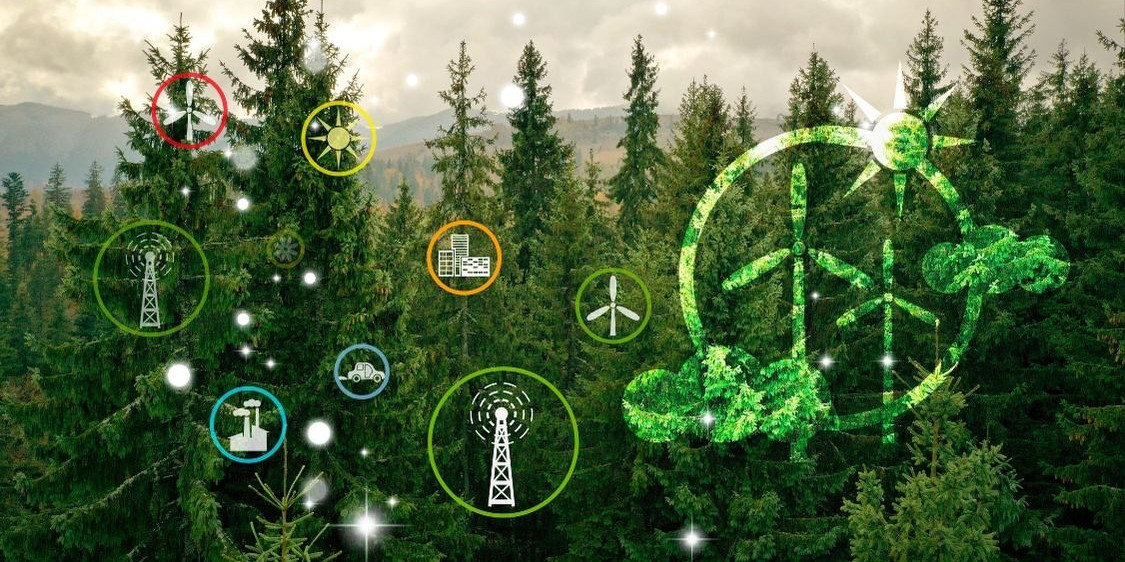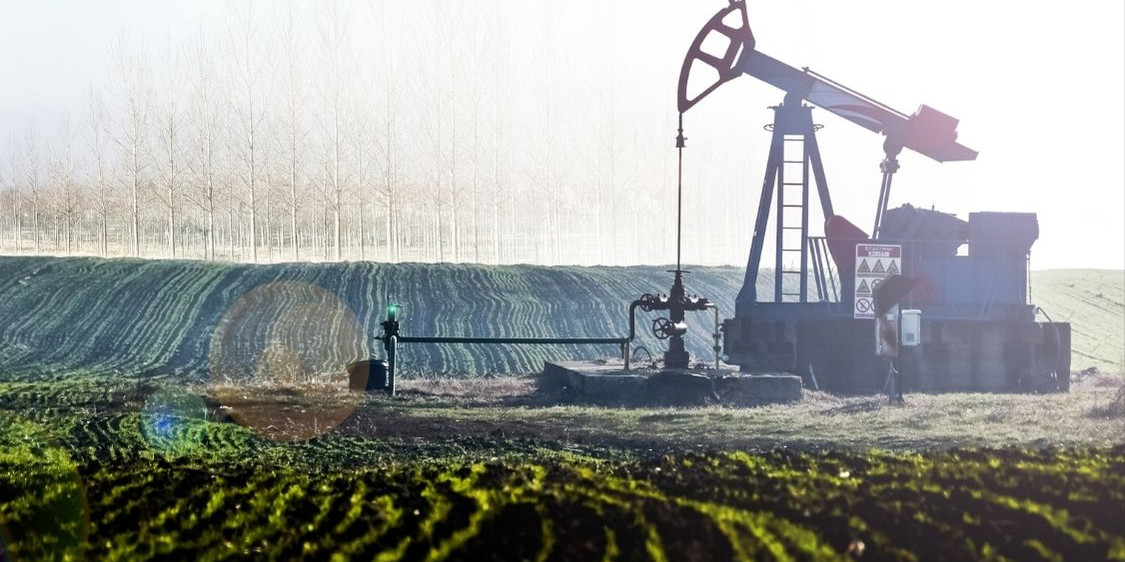As the global energy landscape undergoes rapid transformation, the infrastructure supporting it must evolve just as quickly. From smart grids and digital pipelines to renewable integration and carbon capture networks, the future of energy isn’t just about production, it’s about adaptability, resilience, and forward-thinking design. For companies like Covey Park, staying ahead of these trends isn’t optional, it’s strategic.
From Rigid Systems to Smart, Scalable Networks
Traditional energy infrastructure was built for a one-way flow: from centralized power plants to consumers. But in today’s decentralized energy ecosystem, flexibility is critical. Smart grids, driven by AI and IoT technology, are enabling real-time data monitoring, predictive maintenance, and optimized load balancing. These systems allow utilities and producers to adapt instantly to demand fluctuations, system stress, or outages.
Covey Park is embracing this shift by investing in infrastructure that supports more intelligent and dynamic operations from automated well monitoring to advanced telemetry in pipeline systems.
Integrating Renewable Energy Seamlessly
With wind, solar, and hydro sources growing rapidly, energy infrastructure must be equipped to handle the intermittency and variability of renewables. Hybrid systems, energy storage, and grid interconnectivity are vital to maintaining supply stability. Modern infrastructure must allow seamless switching between energy sources while maintaining efficiency and reliability.
At Covey Park, we view renewables not as a competitor to traditional energy, but as a complementary force. Our infrastructure strategy is built to be integration-ready, ensuring future flexibility without compromising current performance.

Carbon Capture and Emissions Infrastructure
As global net-zero commitments solidify, carbon capture, utilization, and storage (CCUS) technologies are becoming central to infrastructure planning. Pipelines specifically designed to transport CO₂, underground injection systems, and digital tracking of emissions are no longer futuristic, they’re operational realities.
Covey Park is actively monitoring advancements in CCUS and evaluating scalable deployment strategies to reduce our environmental footprint and support broader decarbonization efforts.
Digitization and Predictive Operations
One of the most significant transformations is the digitalization of infrastructure. Through AI, machine learning, and predictive analytics, companies can now forecast equipment failure, optimize production schedules, and manage assets with unprecedented precision.
Covey Park leverages these tools to increase operational efficiency, reduce downtime, and anticipate infrastructure needs well before problems arise. It’s not just about solving issues—it’s about preventing them.
Resiliency in a Volatile World
Extreme weather events, geopolitical tensions, and cyber threats all pose risks to legacy infrastructure. Modern energy systems must be resilient—engineered not only to perform under optimal conditions but to recover quickly from disruption.
Covey Park prioritizes infrastructure that’s not only high-performing but fortified backed by redundancy, cybersecurity, and emergency response protocols.
Final Thoughts
The evolution of energy infrastructure is shaping the future of how we power our homes, businesses, and economies. It’s about more than pipes and grids—it’s about intelligence, integration, and impact. At Covey Park, we’re building infrastructure not just for today, but for what’s next.




